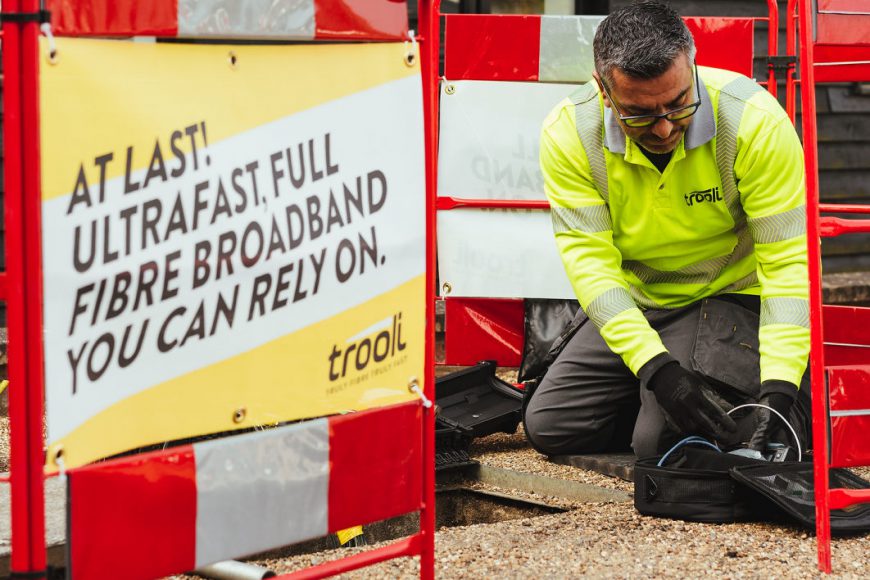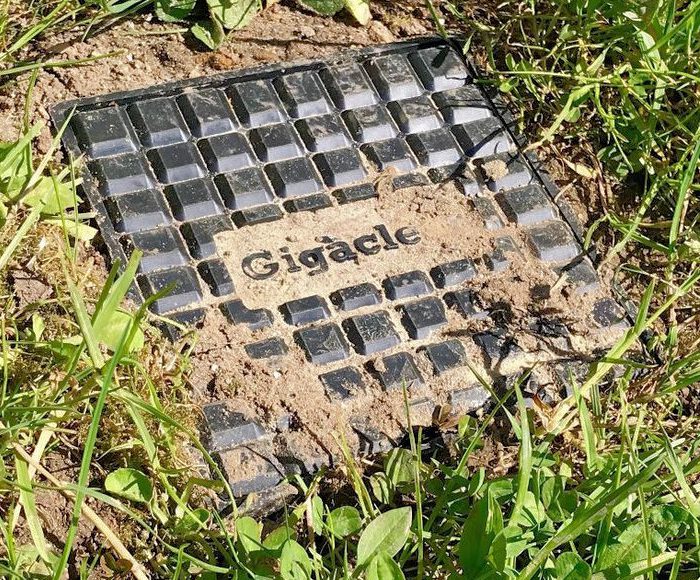The Benefits of CTC Union Industrial Media Convertors
In the ever-evolving landscape of industrial networking, ensuring seamless and reliable communication is paramount. One critical component that significantly enhances network efficiency and robustness is the industrial media converter. CTC Union, a leading provider in the field, offers industrial media converters that stand out due to their exceptional performance, durability, and versatility. Here’s a closer look at the benefits of using CTC Union industrial media converters in your network.
1. Superior Performance and Reliability
CTC Union’s industrial media converters are designed to deliver outstanding performance, even in the most demanding environments. They provide seamless conversion between different media types, such as copper to fibre, ensuring reliable and stable data transmission over long distances. Key performance benefits include:
- High Data Rates: Support for high-speed data rates ensures that your network can handle large volumes of data without bottlenecks.
- Low Latency: Optimized for minimal latency, which is crucial for real-time applications and maintaining high performance.
2. Rugged and Durable Design
Industrial environments often present challenging conditions, including extreme temperatures, humidity, and exposure to dust and vibrations. CTC Union media converters are built to withstand these harsh conditions:
- Wide Operating Temperature Range: They are designed to operate in a broad temperature range, ensuring functionality in extreme hot or cold environments.
- Robust Enclosures: The rugged enclosures provide protection against physical impacts, dust, and moisture, ensuring long-term durability.
3. Versatile Connectivity Options
CTC Union offers a wide range of media converters that cater to various connectivity needs, making them suitable for diverse industrial applications:
- Multiple Interface Options: Support for different interfaces, including Ethernet, serial, and TDM (Time-Division Multiplexing), provides flexibility in connecting different types of devices and networks.
- Fibre and Copper Compatibility: Seamlessly convert between copper and fibre connections, extending the reach of your network and enhancing its scalability.
4. Enhanced Network Security
In industrial networks, security is a top priority. CTC Union’s media converters incorporate features that enhance network security:
- VLAN Support: Virtual LAN support allows for segmentation of the network, enhancing security by isolating sensitive data.
- Redundant Power Inputs: Dual power inputs ensure continuous operation and prevent downtime due to power failures, enhancing overall network reliability.
5. Easy Integration and Management
CTC Union media converters are designed with ease of integration and management in mind:
- Plug-and-Play: Simple installation processes mean that the media converters can be deployed quickly without extensive configuration.
- SNMP Management: Support for Simple Network Management Protocol (SNMP) allows for remote monitoring and management, making it easier to oversee and maintain the network infrastructure.
6. Cost-Effective Solutions
Investing in CTC Union industrial media converters can lead to significant cost savings:
- Reduced Downtime: High reliability and robust design minimize downtime, reducing maintenance and repair costs.
- Scalability: Versatile connectivity options mean that the network can be easily expanded without significant additional investment.
Conclusion
CTC Union industrial media converters offer a comprehensive solution for enhancing industrial network performance, reliability, and security. Their rugged design, versatile connectivity, and ease of integration make them an invaluable asset for any industrial network. Whether you’re looking to extend your network reach, improve data transmission quality, or ensure reliable performance in harsh conditions, CTC Union has the right media converter for you.
Ready to upgrade your industrial network? Contact us today to learn more about how CTC Union industrial media converters can transform your network infrastructure and deliver superior performance and reliability.
Get Started Now and experience the benefits of robust and versatile industrial networking solutions with CTC Union.















